
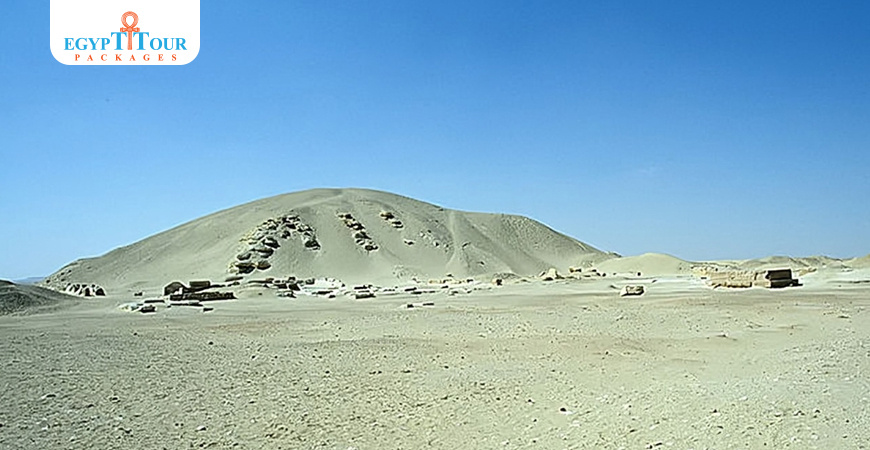
Pyramid of Senwosret I at el Lisht
The burial place of Pharaoh Senusret I is the Egyptian pyramid known as the pyramid of Senusret I. It was constructed during the Twelfth Dynasty of Egypt.
The Pyramid of Senwosret I
Senwosret I, also known as Sesostris, constructed his pyramid at the southern part of the Lisht site, which is now referred to as the South Lisht pyramid. In 1882, Maspero examined this pyramid, just like he did with the North Lisht pyramid. During his investigation, he found objects that bore the name of the king, allowing him to identify the pyramid's owner.

The Pyramid Complex of Senwosret I
Senwosret's monument is larger than his father's, but it was built using the same plan. However, Senwosret's architects came up with a new technique that was later used by Senwosret II at el-Lahun and throughout the Middle Kingdom. This technique involved using a core of limestone block walls that extended from the center of the structure, with the spaces filled in with unfired mudbricks and debris. The entire structure was then covered with a Tura limestone casing. This technique was believed to make the structure stronger. Some parts of the casing are still intact, and one of the walls of the framework can still be seen. However, today the pyramid is mostly just a small mound.
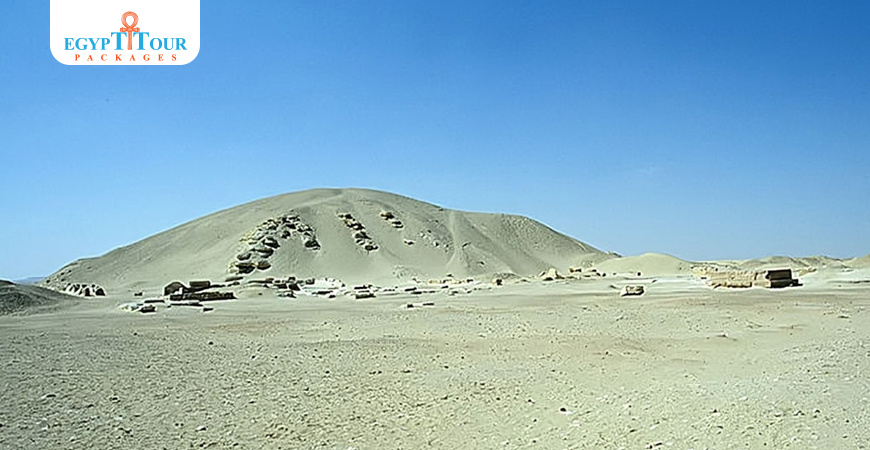
The Pyramid of Senusret I at Lisht in Egypt
Senusret, the son of Amenemhat I and his main wife Nefertitanen, had a birth name that meant "Man of goddess Wosret." It is possible that this name was derived from his maternal grandfather. Egyptologists think that Amenemhat I appointed Senusret as his co-regent a decade before his passing. This marked the first recorded instance of co-regency in Egyptian history.
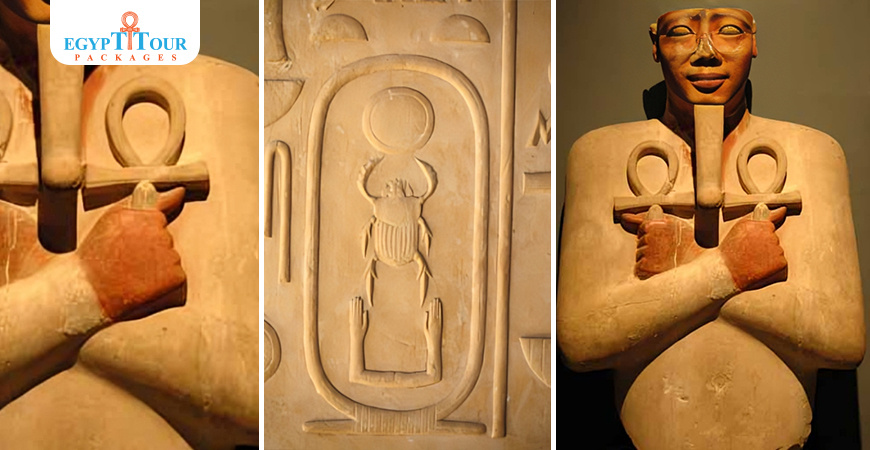
Pyramid of Senusret I
The entrance to the structure was located on the north side and was covered by an entrance chapel. Fragments of colored reliefs, an altar, and an alabaster false door stela were discovered in the chapel. Water spouts in the shape of lions' heads were also present to drain water from the roof. The entrance passage sloped downwards and then turned towards the south-east, but it is now submerged underwater, similar to Amenemhet's burial chamber. Another tunnel was dug below the entrance passage to transport materials to the burial chamber, which was likely sealed off once the pyramid was completed. It is believed that the burial chamber was looted shortly after being sealed, although remains of the king's funerary items were found in the robber's tunnel by Maspero.
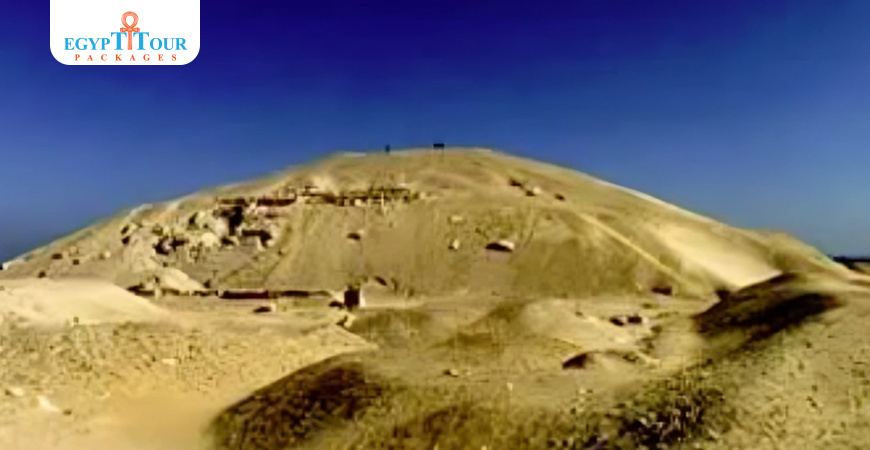
Senusret I at Lisht
The complex has a double perimeter wall. The first wall surrounds part of the king's mortuary temple and a small satellite pyramid. Inside the first wall, there are unique decorations with reliefs of the king's names and fertility gods. Senwosret's funerary temple is mostly destroyed, but it is in slightly better condition than his father's temple, which helps archaeologists reconstruct the layout. The funerary temple follows the style of Dynasty VI, with a courtyard, portico, 24 pillars, and an offering hall with store-rooms. In 1894, during excavations in the mortuary temple area, ten life-sized seated limestone statues of Senwosret were discovered in a pit between two smaller temples. These statues are now in the Cairo Museum.

The Pyramid Complex of Senwosret
Inside the outer mudbrick enclosure wall, archaeologists discovered an additional nine secondary pyramids specifically built for the female members of the king's family. Among these pyramids, seven had their own funerary temple and enclosure wall, while the remaining two shared an enclosure on the northern side. Currently, only two names of royal ladies have been recovered: Nereru (or Nofret), who was the wife (and sister) of Senwosret, and Itayket (or Itaksiet), who was likely Senwosret's daughter. An uncovered causeway linked the mortuary temple to the valley temple, whose exact location remains unknown. The walls of the pathway, adorned with reliefs, can still be seen in certain areas today.
Entrance
Visitors are not allowed to enter the pyramids at Lisht without special permission.

Post A Comment
Your Email Address Will Not Be Published.
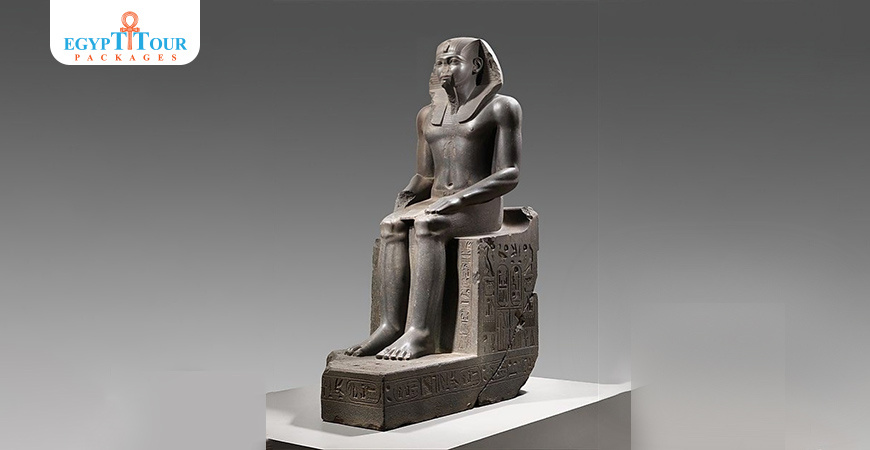


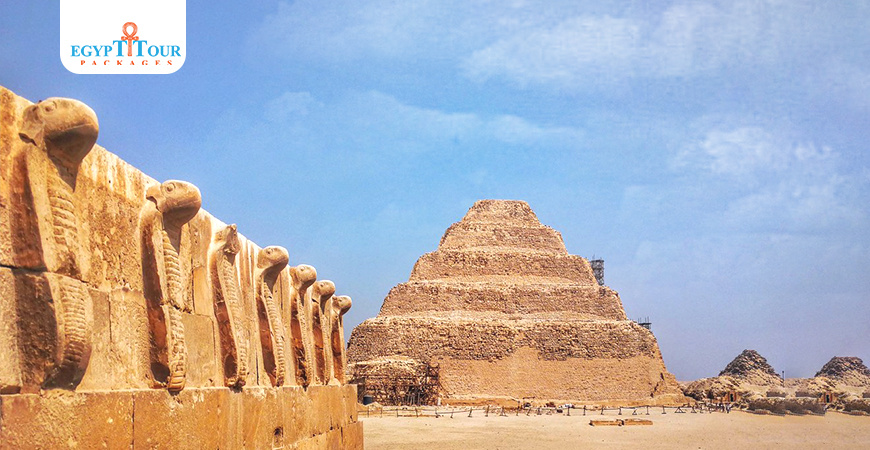







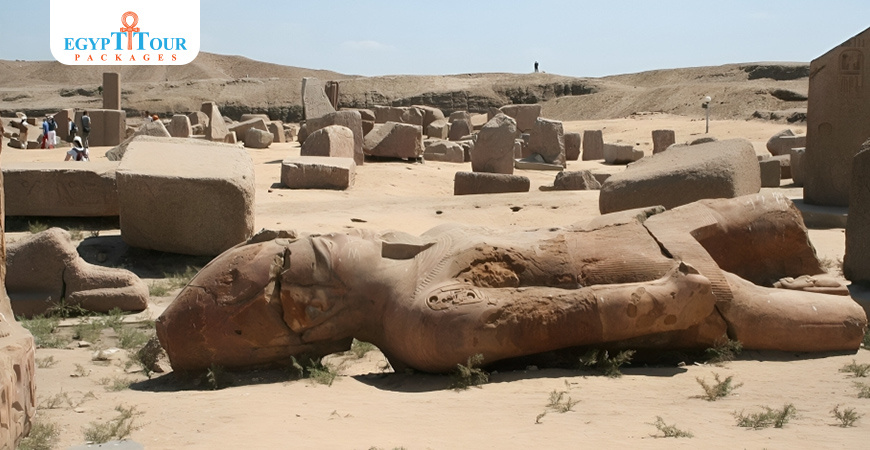


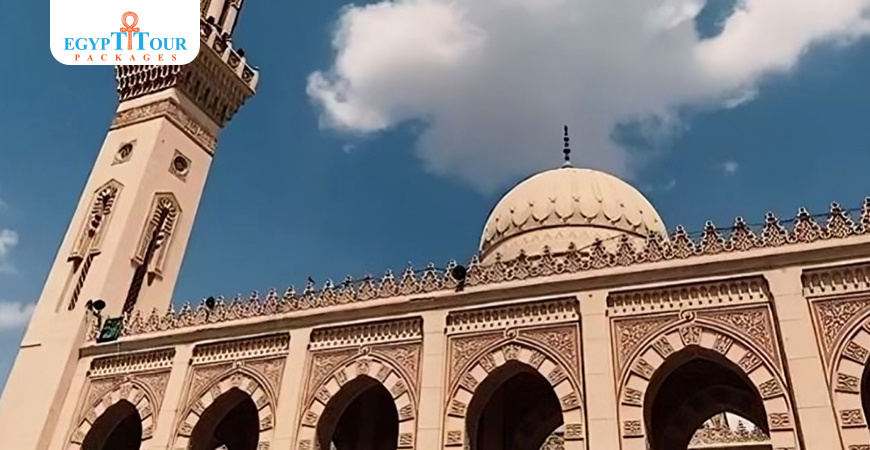


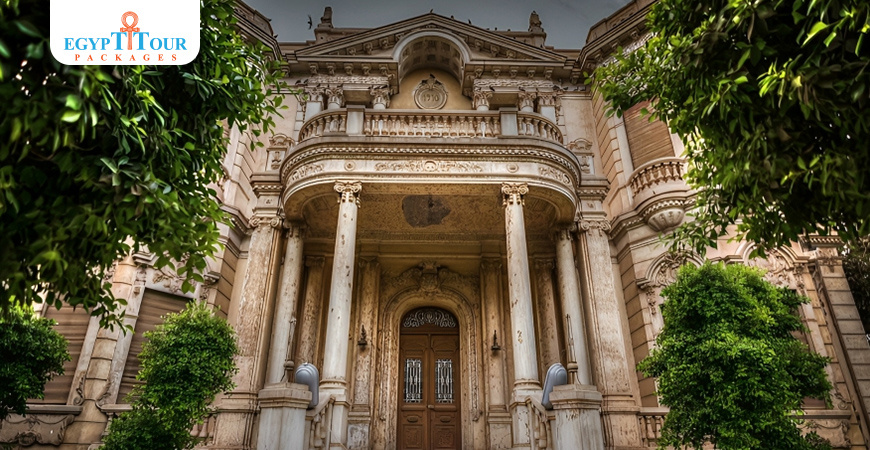
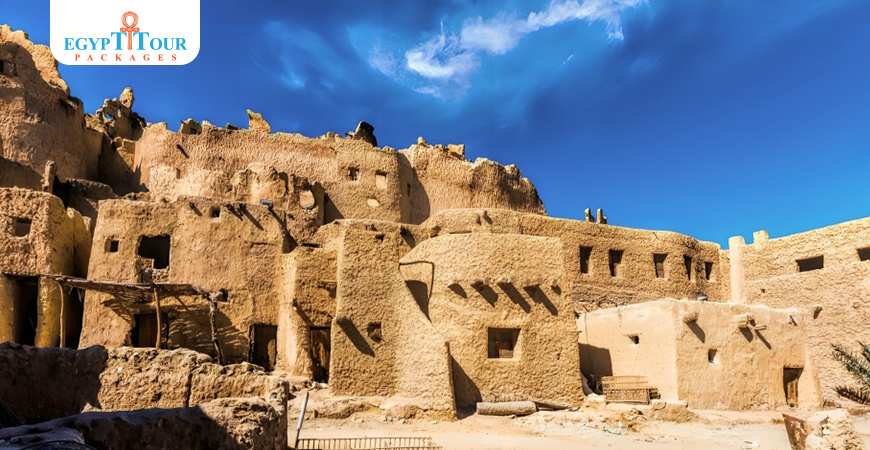
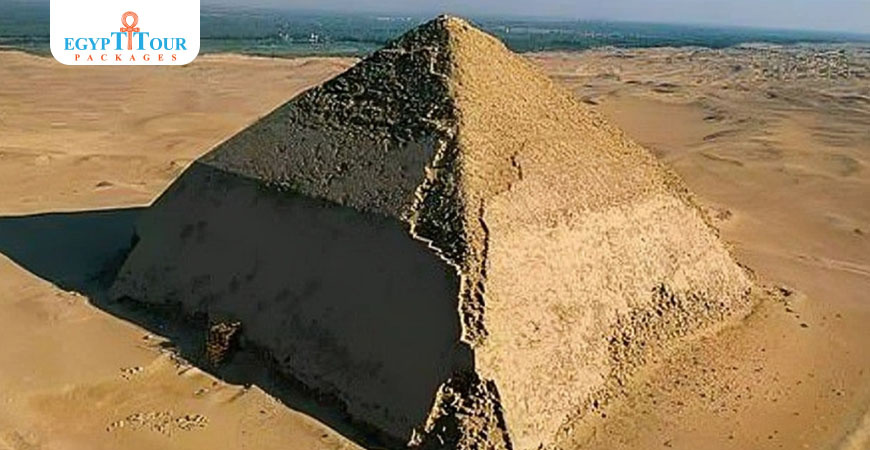
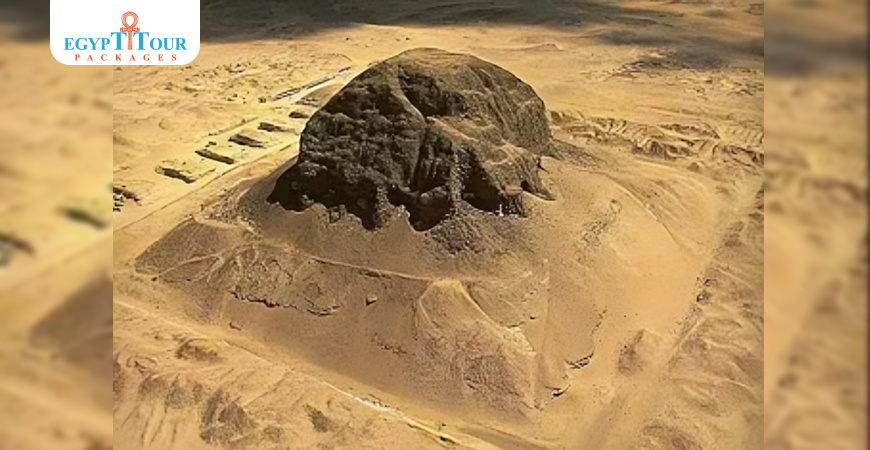
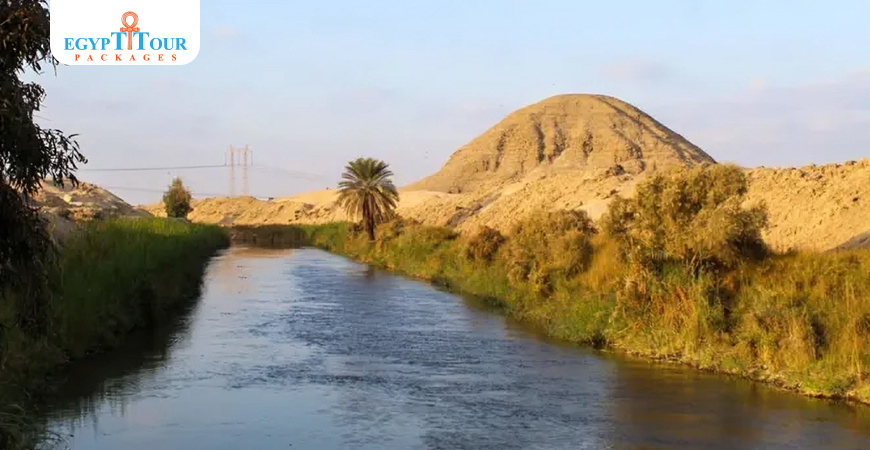
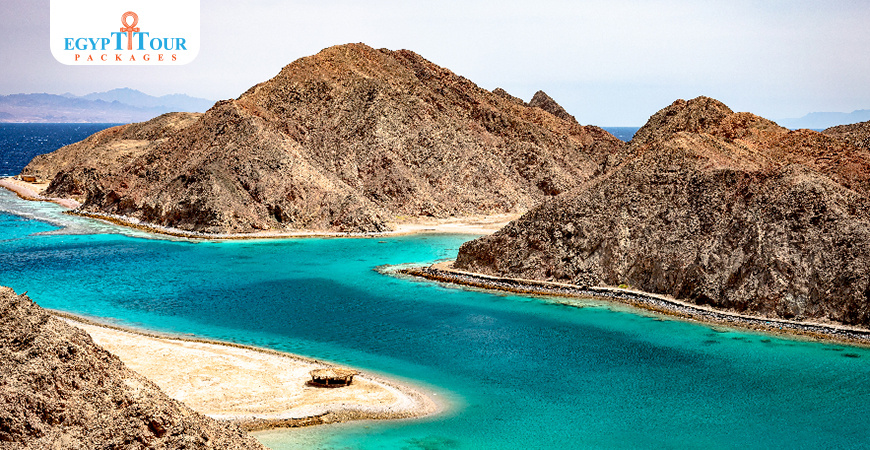

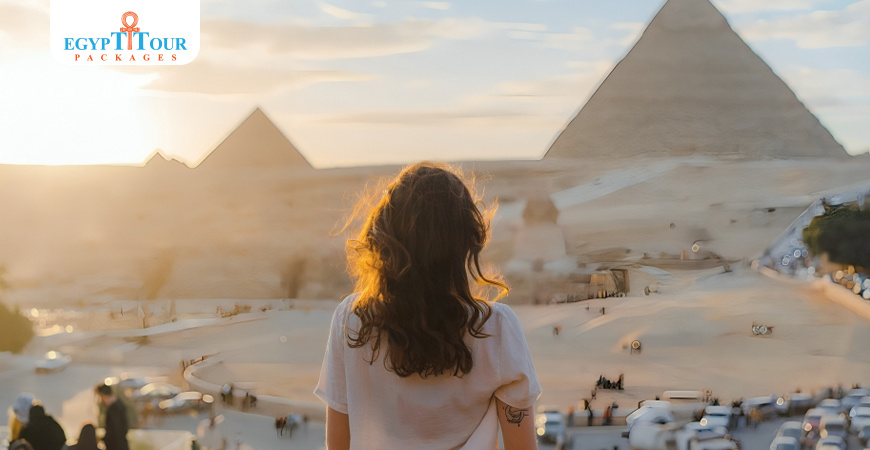
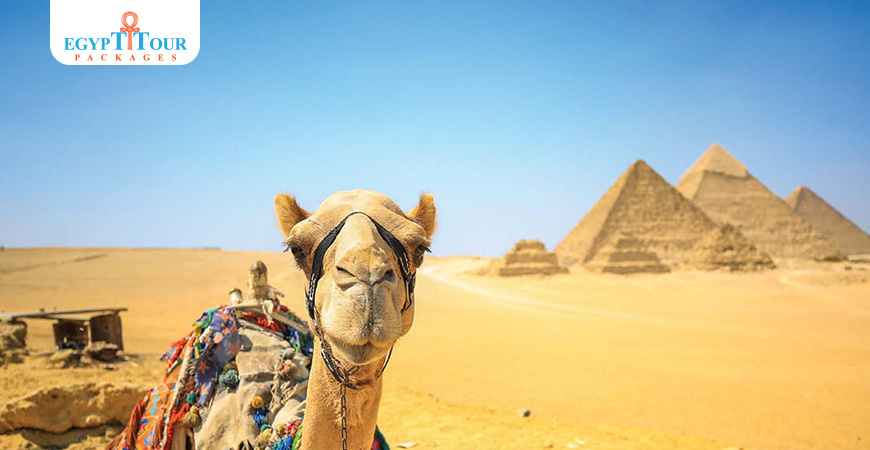











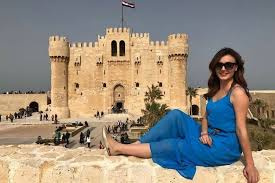

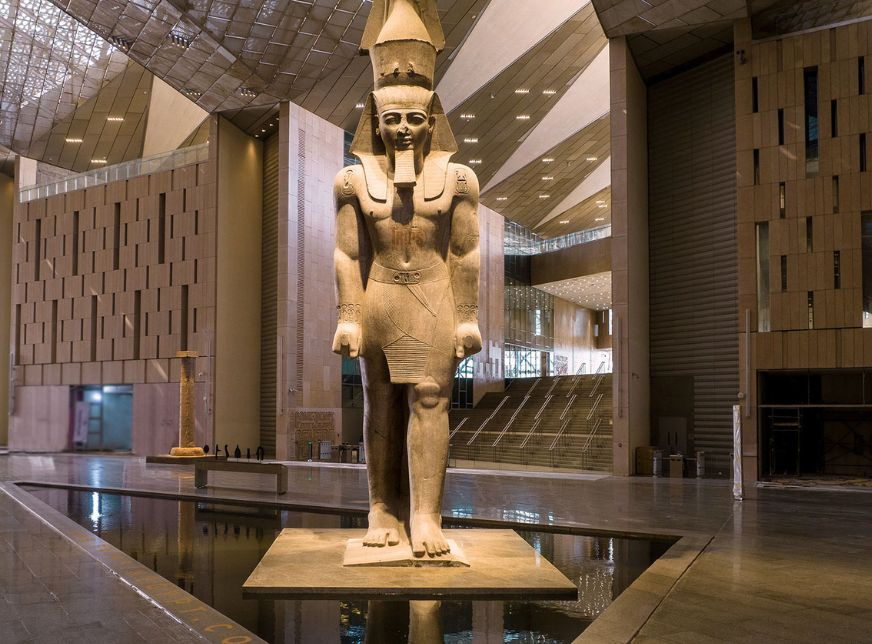



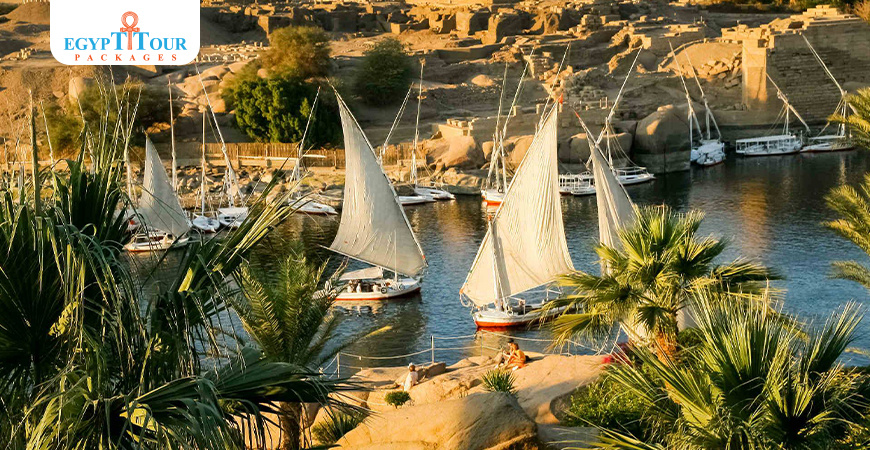





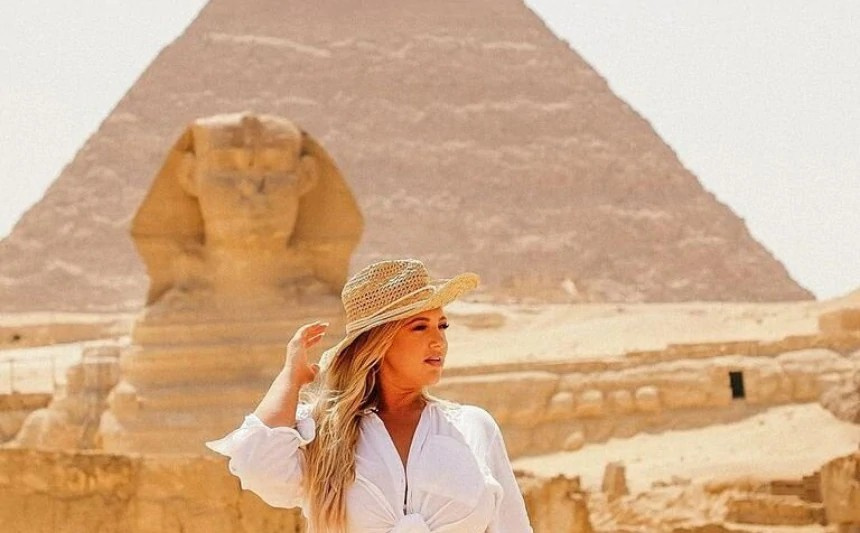

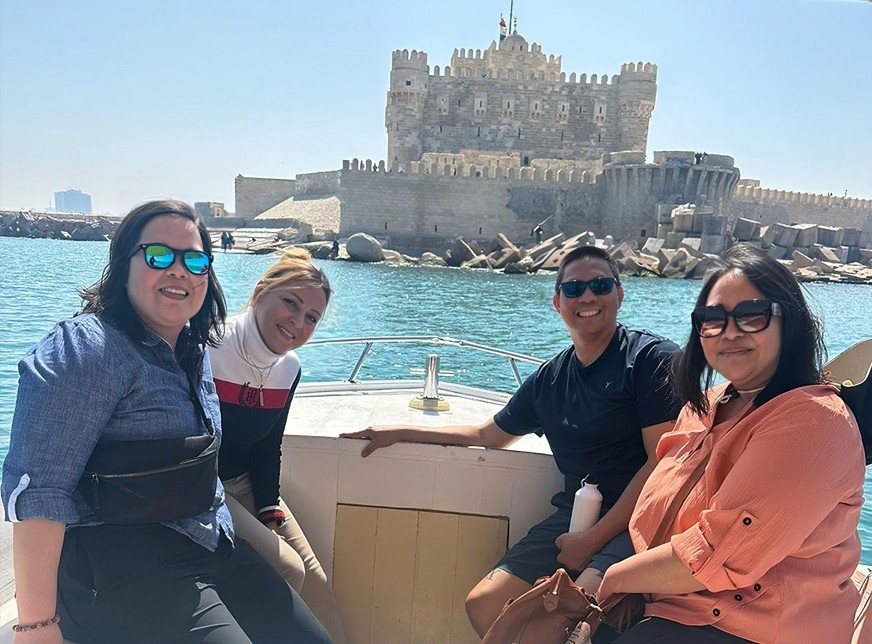
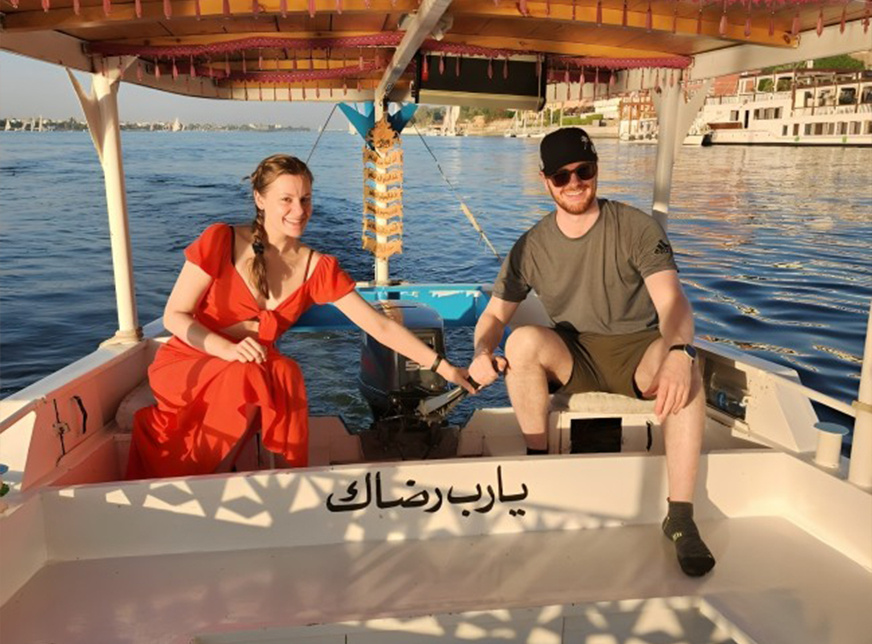
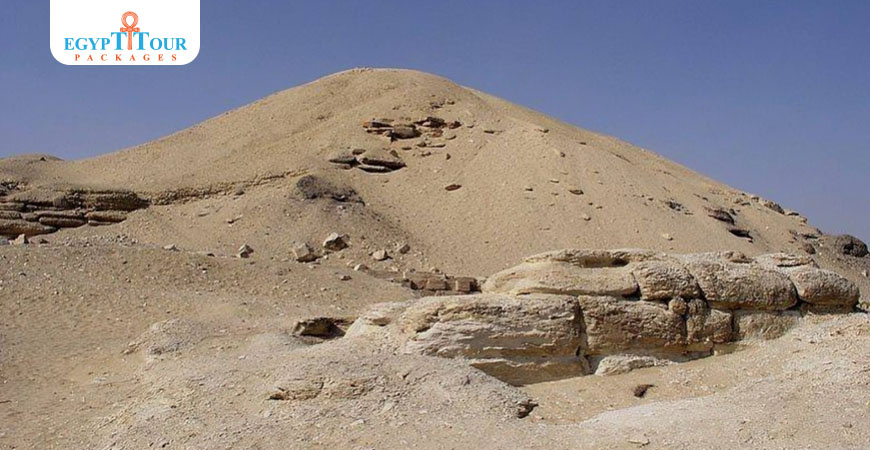

0 Comments